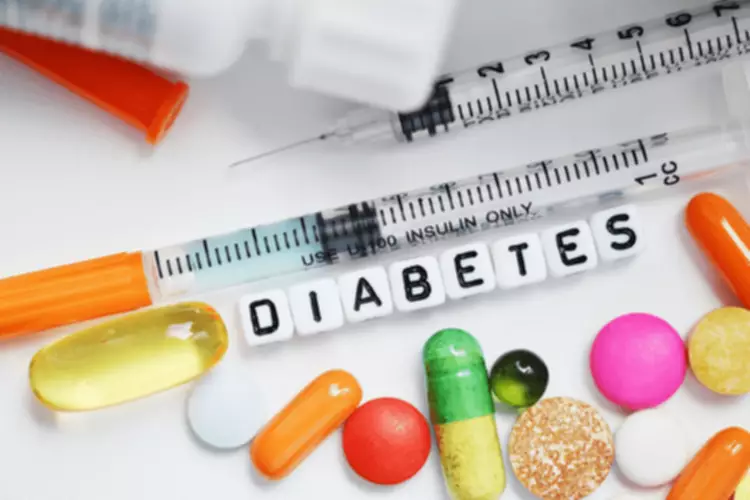Drug addiction is responsible for millions of deaths per year around the world. Still, its management as a chronic disease is shadowed by misconceptions from the general public. Indeed, drug consumers are often labelled as “weak”, “immoral” or “depraved”.
Effects of Drug Addiction
Marijuana, Alcohol, Cocaine: Teen Drug Use by the Numbers - U.S. News & World Report
Marijuana, Alcohol, Cocaine: Teen Drug Use by the Numbers.
Posted: Tue, 21 May 2024 15:46:00 GMT [source]
They may be the first to notice addictive behaviors if the addiction involves prescription drugs. They are also good resources for detoxification, assisting clinicians in treatment and rehab centers, verifying dosing, and checking for drug interactions. Addiction is a very complex condition with multiple episodes of reaching abstinence and falling into relapse; this is why an interprofessional team is vital in treatment. Treatment begins with the clinician's risk factor identification and diagnosis but quickly grows to involve interprofessional teams to help the patient maintain abstinence. Through thorough evaluation, primary care clinicians can screen patients using the abovementioned criteria. At the same time, social and familial support can be called upon to prevent the progression of addiction.

Drug addiction-related genes and transcriptomic regulation
They may order drug tests and evaluate prescription drug monitoring program reports. SUDs and other mental health conditions are caused by overlapping factors such as genetic vulnerabilities, issues with similar areas of your brain and environmental influences. Mental health condition classification systems, including the Diagnostic and Statistical Manual of Mental Disorders (DSM), have become more sophisticated over time. The term “substance use disorder” allows for more clarity in diagnosis. SUD also recognizes a spectrum of problematic substance use, not just physiologic addiction.

How drug abuse and addiction develops
While patients addicted to opioids may develop a tolerance for all other side effects, constipation, and miosis remain constant after the dosage. Therefore, providers should screen patients with these side effects before signs and symptoms of respiratory depression. Risk factors for gambling addictions include antisocial behavior, impulsive personality,[31] male sex, sensation seeking,[50] substance use, and young age. Several different medications are given while a person is going through detox; these drugs help safely manage a person’s withdrawal symptoms. The exact type of medication given during detox depends on the recovering person’s drug of choice. Many different types of medications are commonly prescribed to help treat substance use.
- Counseling may also involve family members to develop a deeper understanding of substance use disorder and improve overall family functioning.
- Explore Mayo Clinic studies testing new treatments, interventions and tests as a means to prevent, detect, treat or manage this condition.
- The best way to prevent an addiction to a drug is not to take the drug at all.
- History and physical examination of individuals with addiction vary depending on the type of addiction, substance ingested, time since ingestion, and route.
About 85% of adults living with substance use disorder will relapse within a year of quitting their substance use. To locate a substance abuse mental health provider, you can use a therapist-finder tool, such as the NIAA Alcohol Treatment Navigator, or contact your health insurance for a list of in-network providers. Once you've been addicted to a drug, you're at high risk of falling back into a pattern of addiction. If you do start using the drug, it's likely you'll lose control over its use again — even if you've had treatment and you haven't used the drug for some time.
Treatment programs
About 20% of people in the U.S. who have depression or an anxiety disorder also have a substance use disorder. Both involve the development of physical dependence and psychological dependence. Substance use disorder can significantly impact your health, relationships and overall quality of life. You may also want to consider if anyone in the list of friends and family should not be included. Examples are if a person is dealing with their own addiction and may not be able to maintain sobriety, is overly self-motivated or self-involved, or has a strained relationship with the person the intervention is for.
Two examples are carbon monoxide poisoning and mushroom poisoning. Not when it causes financial, emotional, and other problems what is drug addiction for you or your loved ones. That urge to get and use drugs can fill up every minute of the day, even if you want to quit.
Loved ones who are concerned about a person’s drug or alcohol use may consider an intervention. Ongoing support and follow-up care are important in the recovery process to prevent relapse. An intervention includes trained professionals like a drug and alcohol counselor, therapist, and/or interventionist who can help guide a family through the preparation and execution. It occurs in a controlled setting (not in the person’s home or family home). Intervention works by confronting the specific issues and encouraging the person to seek treatment.
